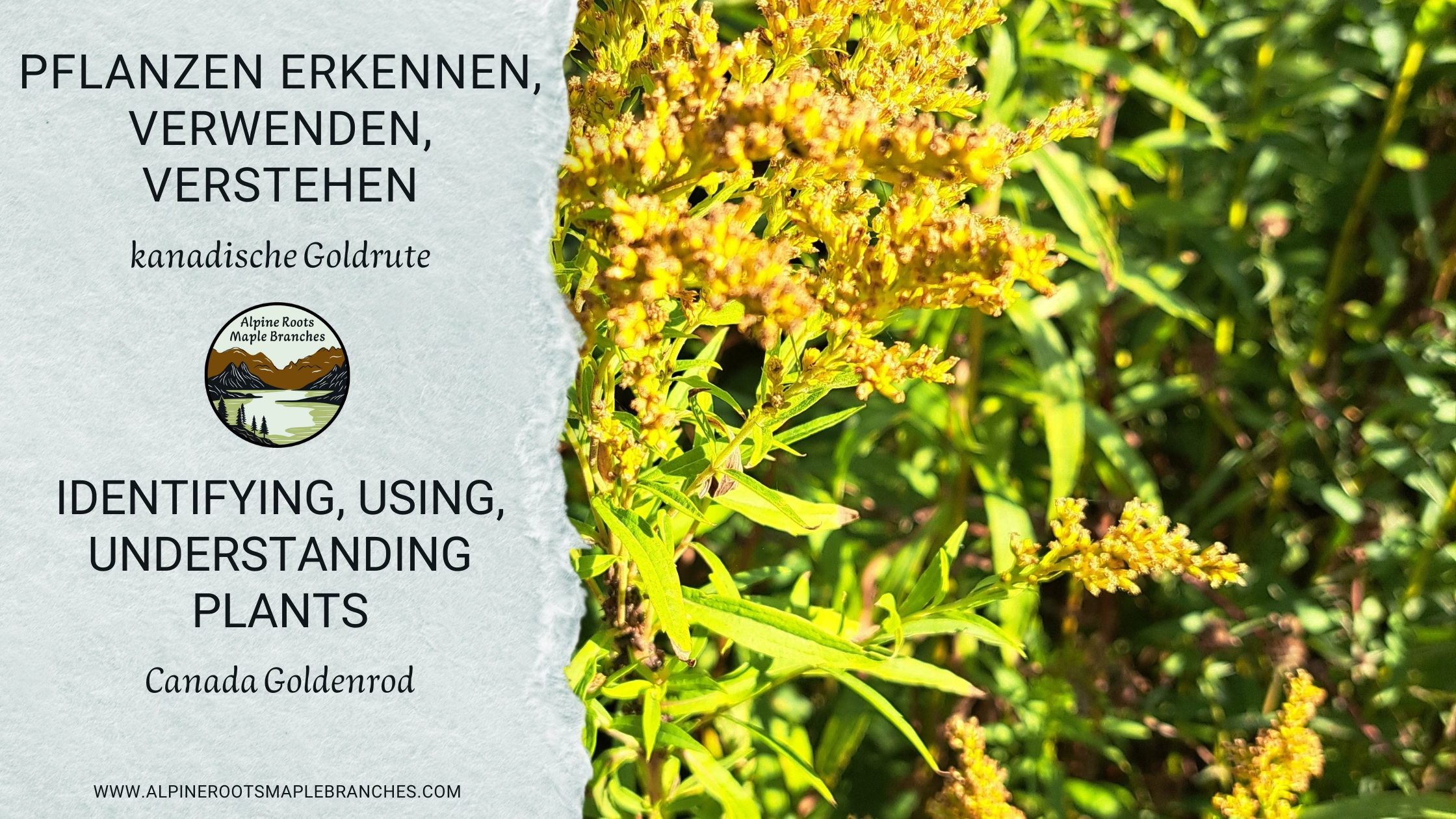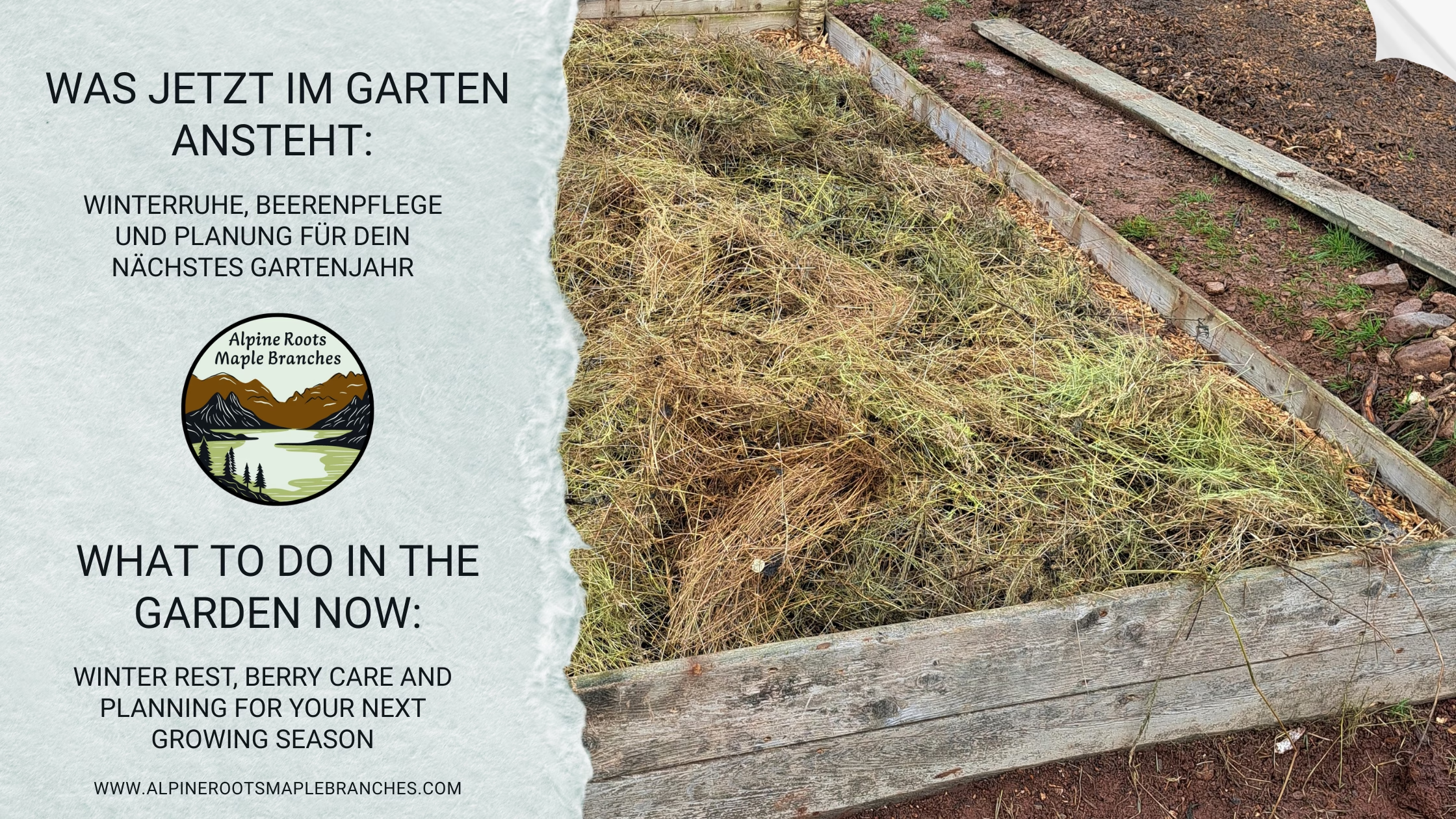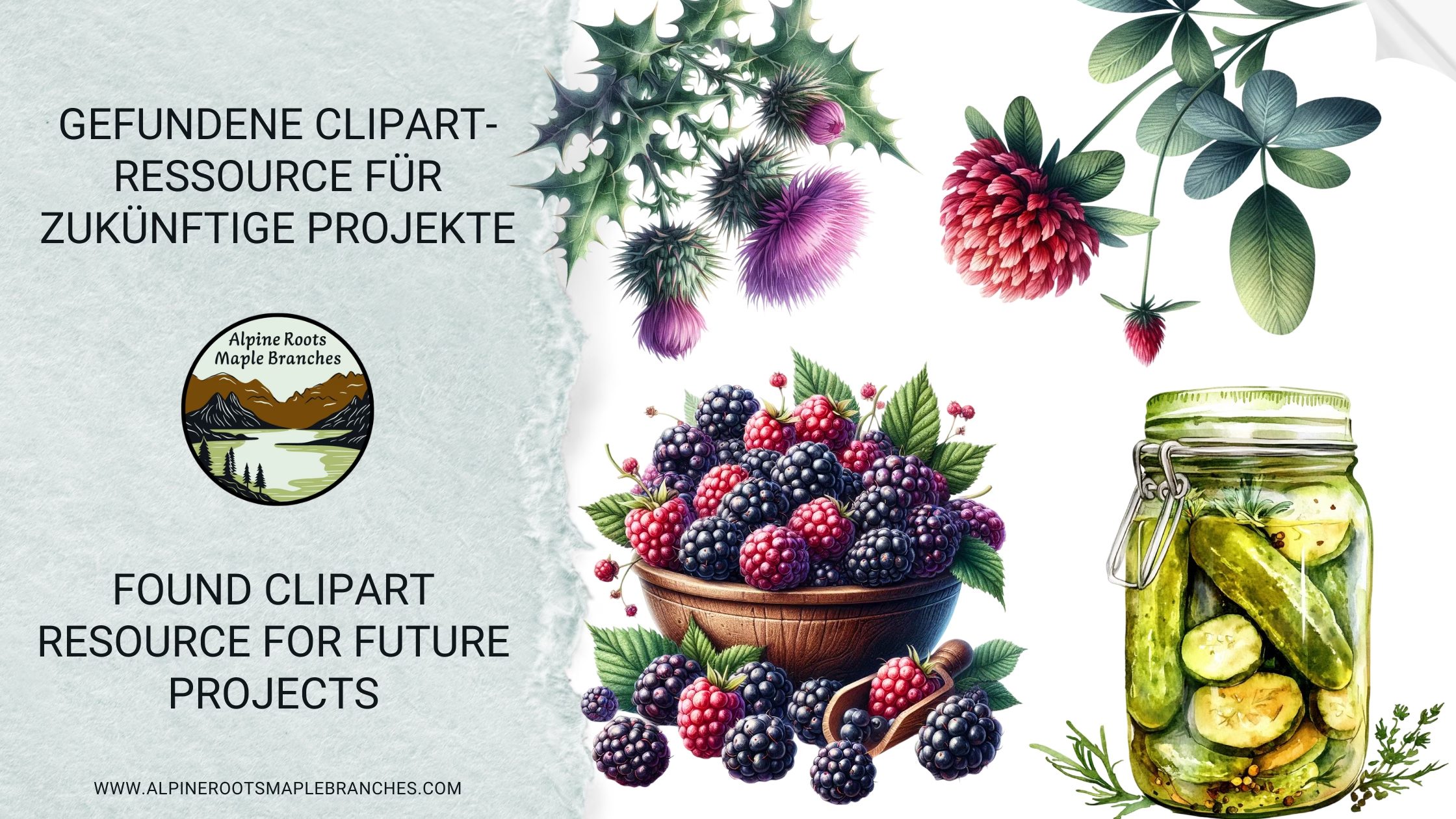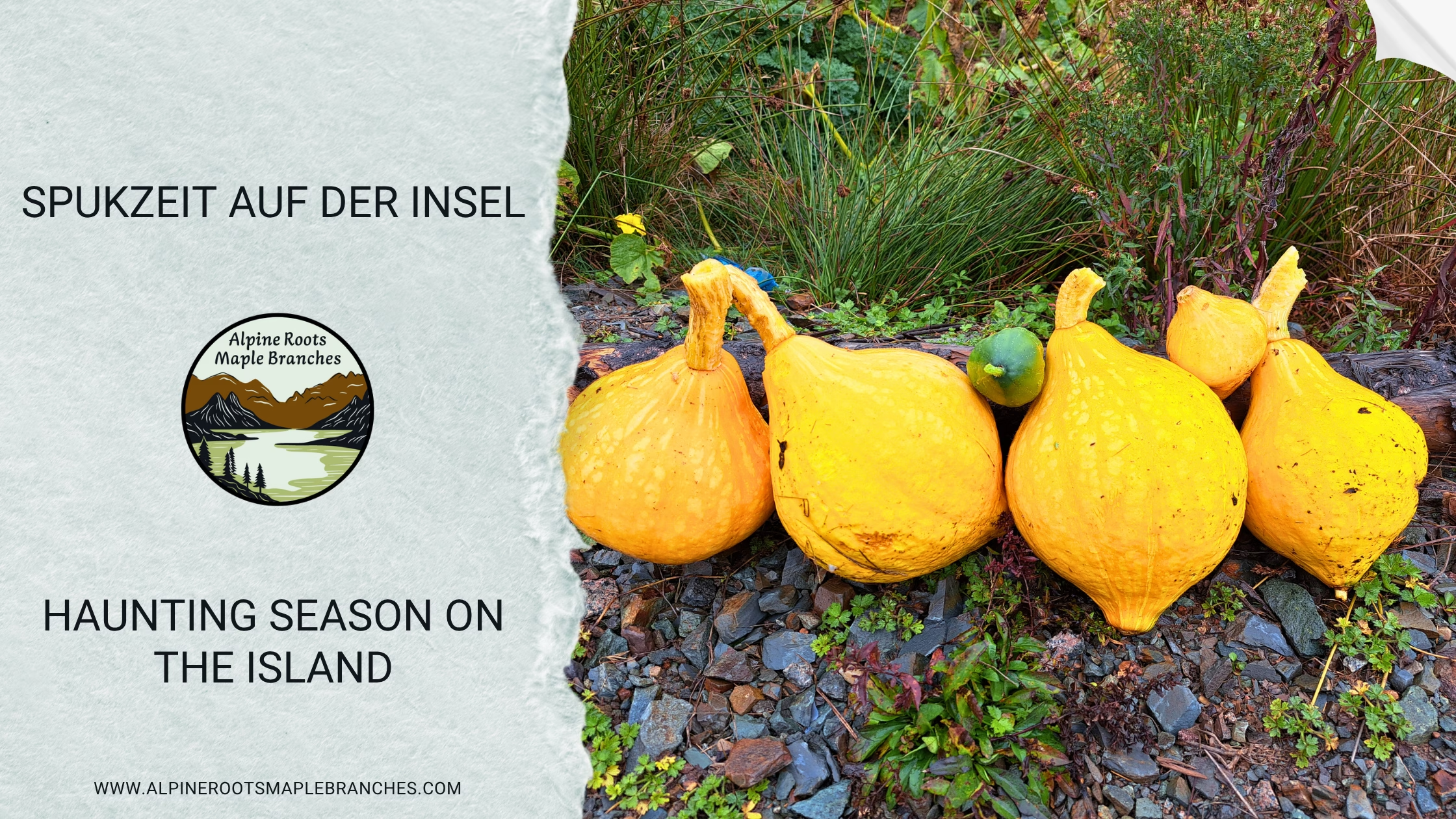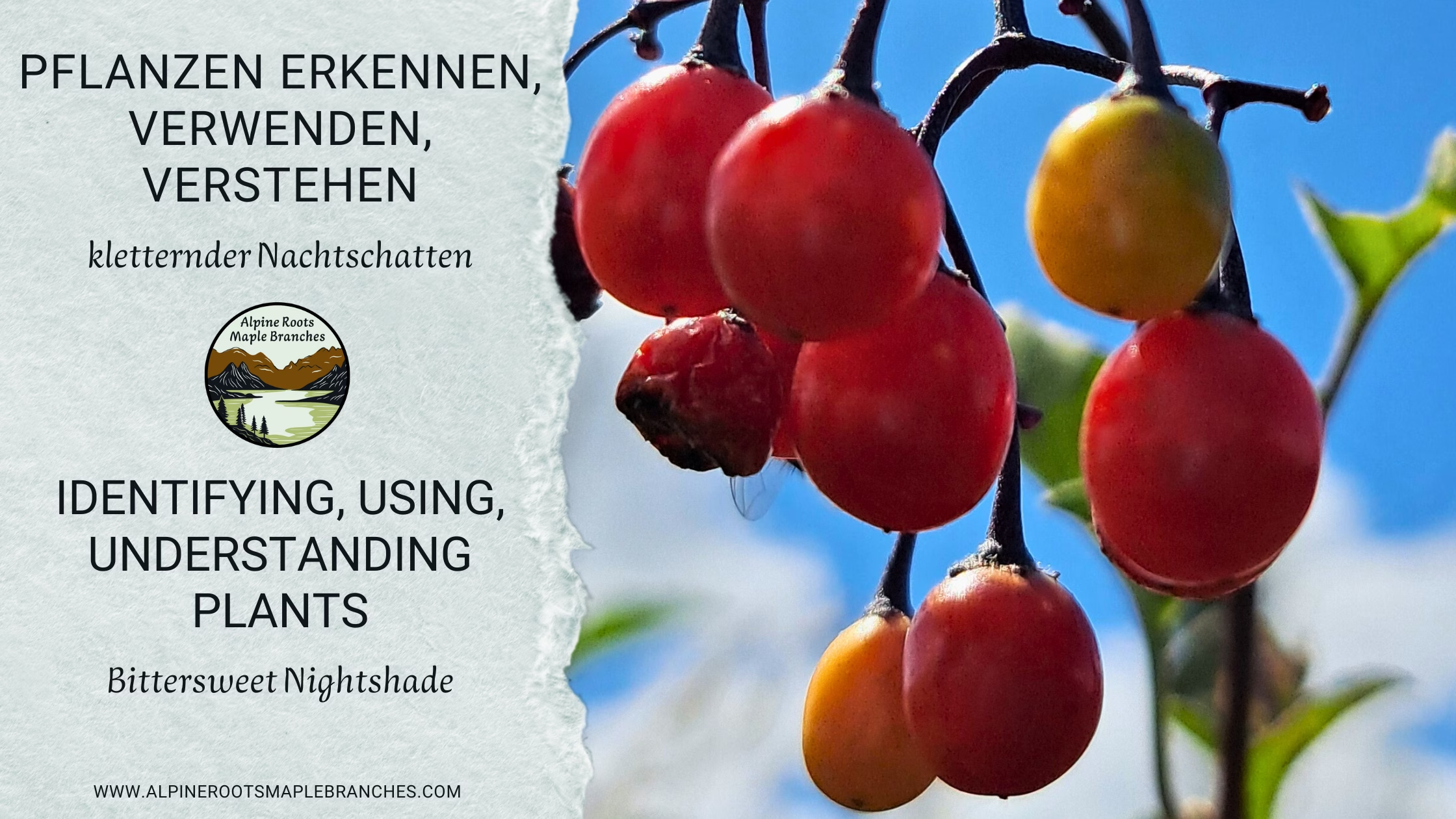A late-summer glow
As the days grow shorter and summer shades gently warm into late-season tones, a roadside spectacle unfolds in vivid yellow. From a Canadian perspective, Canada goldenrod (Solidago canadensis) is a native, familiar companion in fields and forest edges and a valuable late nectar source for pollinators—not a “problem plant.”
In Europe, however, S. canadensis has spread widely in recent decades and is classified there as an invasive, non-native species that can displace local flora. For context: in Europe, the native species is European or common goldenrod (Solidago virgaurea).
Between benefit and competition
Goldenrod’s story begins in North America, where it has long been used in folk medicine and appreciated as a strong bee plant. Its toughness, low demands, and ability to thrive even in poor sites explain its success—here in Canada as a natural part of the ecosystem, and in Europe as a vigorously spreading neophyte.
Ecologically, that cuts both ways: in regions where it isn’t native, S. canadensis can outcompete less robust species; yet it also provides abundant pollen and nectar late in the year, when much else has faded, contributing to honey with a robust, spicy character. Whether benefits outweigh drawbacks depends on place and management.
From a Canadian viewpoint it belongs to the native dynamic; in Europe, careful management is needed to safeguard biodiversity.
Versatility in healing, kitchen, and craft
Beyond its role in the natural world, Canada Goldenrod also holds great value for us humans. Its golden flower clusters contain active compounds with anti-inflammatory, diuretic, and strengthening properties. In phytotherapy, it is commonly used to support urinary tract and bladder health, often prepared as tea or tincture. But Goldenrod has many more facets: the flowers can be turned into a fragrant syrup that adds a delicate honey note to drinks and desserts, and extracts in oil can be made into soothing ointments for skin and joints. In natural cosmetics, it finds its place as a clarifying facial toner. For the curious, even the young leaves can be experimented with in the kitchen, or the blossoms can be used to dye textiles a radiant yellow that mirrors the glow of late summer. In this way, Goldenrod is not limited to a single role – it becomes valuable in multiple areas when harvested and applied with intention.
Harvesting and processing with care
As with so many gifts of nature, the key lies in moderation and mindful harvesting. Those who gather Goldenrod should avoid cutting entire stands, instead selecting only some of the flowering tops while leaving enough for pollinators. The best time to harvest is around midday on sunny days, when the concentration of active substances is at its peak. For drying, the upper parts of the plant with flowers and leaves can be bundled and hung upside down in a shaded, well-ventilated place. This way, one can prepare supplies for winter teas that bring a taste of summer into the colder months. Those who prefer to use it fresh can easily turn the flowers into syrup or honey infusions – simple preparations that preserve its golden abundance in a jar. Likewise, salves and tinctures can be made with little effort, ensuring that the plant finds its place both in the home apothecary and in the kitchen.
For the curious: the plant profile
For those who want to dive deeper and move beyond stories and background into hands-on practice with step-by-step recipes, we have created a dedicated plant profile on Canada Goldenrod. There you will find detailed instructions for preparing tea, tincture, syrup, ointment, facial toner, dye bath, and more. With it, you can directly explore the many ways this versatile plant unites healing, nourishment, and creativity.

